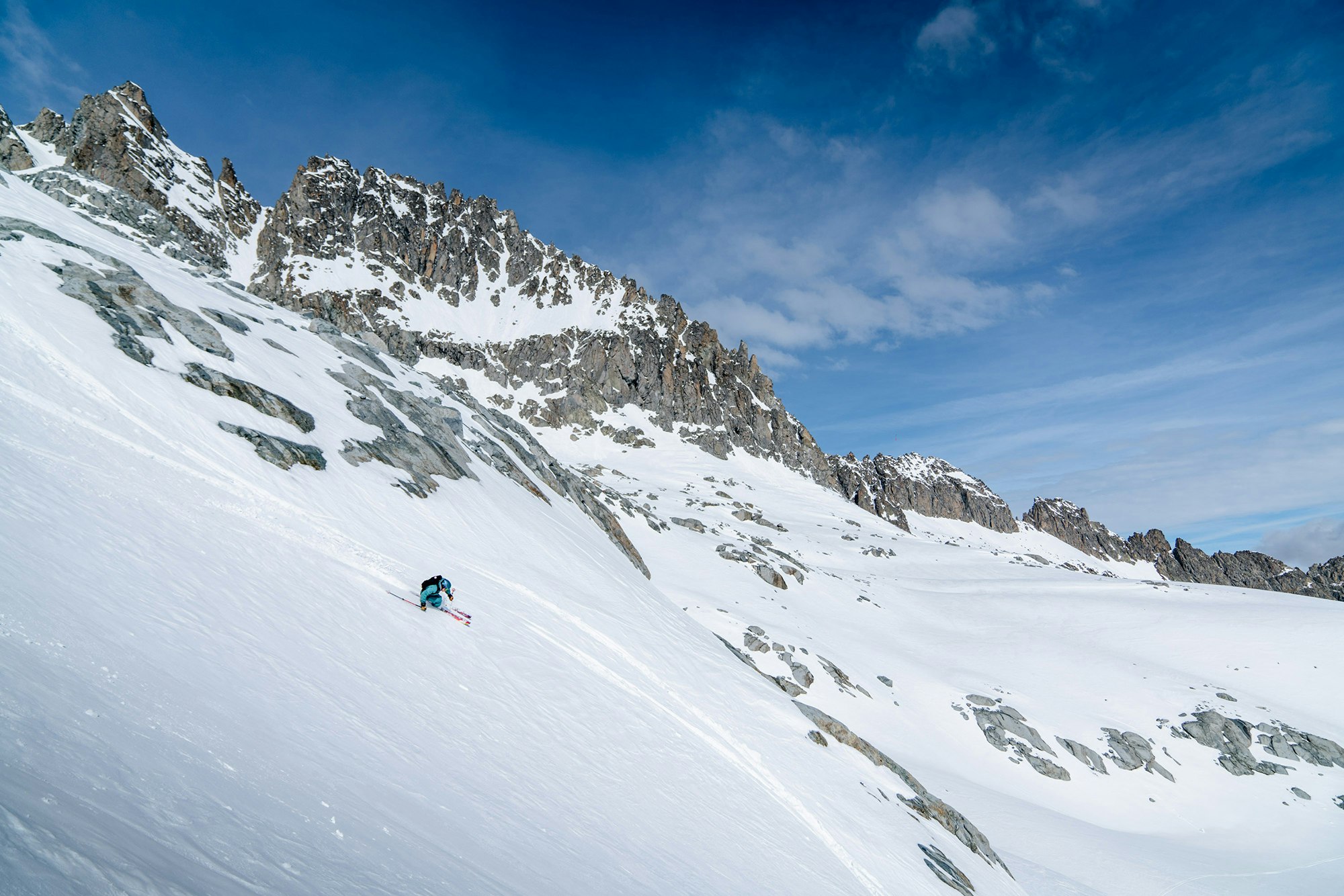Skiability comes first
Details make the difference
- Author: Niccolò Zarattini
- Photographer: Matteo Agreiter
The category ending in + was a meteor that appeared in the last edition of the Buyer’s Guide. The desire to create subcategories had been around for a while, especially in freeride, where we had added a Pro Model segment for a few seasons.
Last year we tried again, dividing each test macro area in two, but it was too complicated to interpret. So, we’ve gone back to our roots. What has changed in this edition is the award concept, now designed around the main needs of the final user. While there have been developments over the past year, there has been nothing revolutionary. A few grams have been shaved off here and there, the shape of sidecuts and rockers have been improved to dampen vibrations and reduce small defects, sandwich construction has been added or removed.

One thing is sure, skiability plays a fundamental role in the freeride segment, though what this means in practice depends on where you’re skiing. In deep powder, float is vital for skiability; on challenging terrain responsiveness and edge control are more important; while for new school, a good amount of pop is what you need, to give a few examples. Paulownia and poplar are the most commonly used woods, as they are stiff yet light, but they need to be skillfully combined with laminates, glass fiber, carbon and Titanal, as well as the occasional sheet of aramid and Kevlar. It looks like brands are going back to basics where rockers are concerned, making them less pronounced, especially at the tail where it’s mainly used to facilitate entry into and exit from a turn.
Share this article

